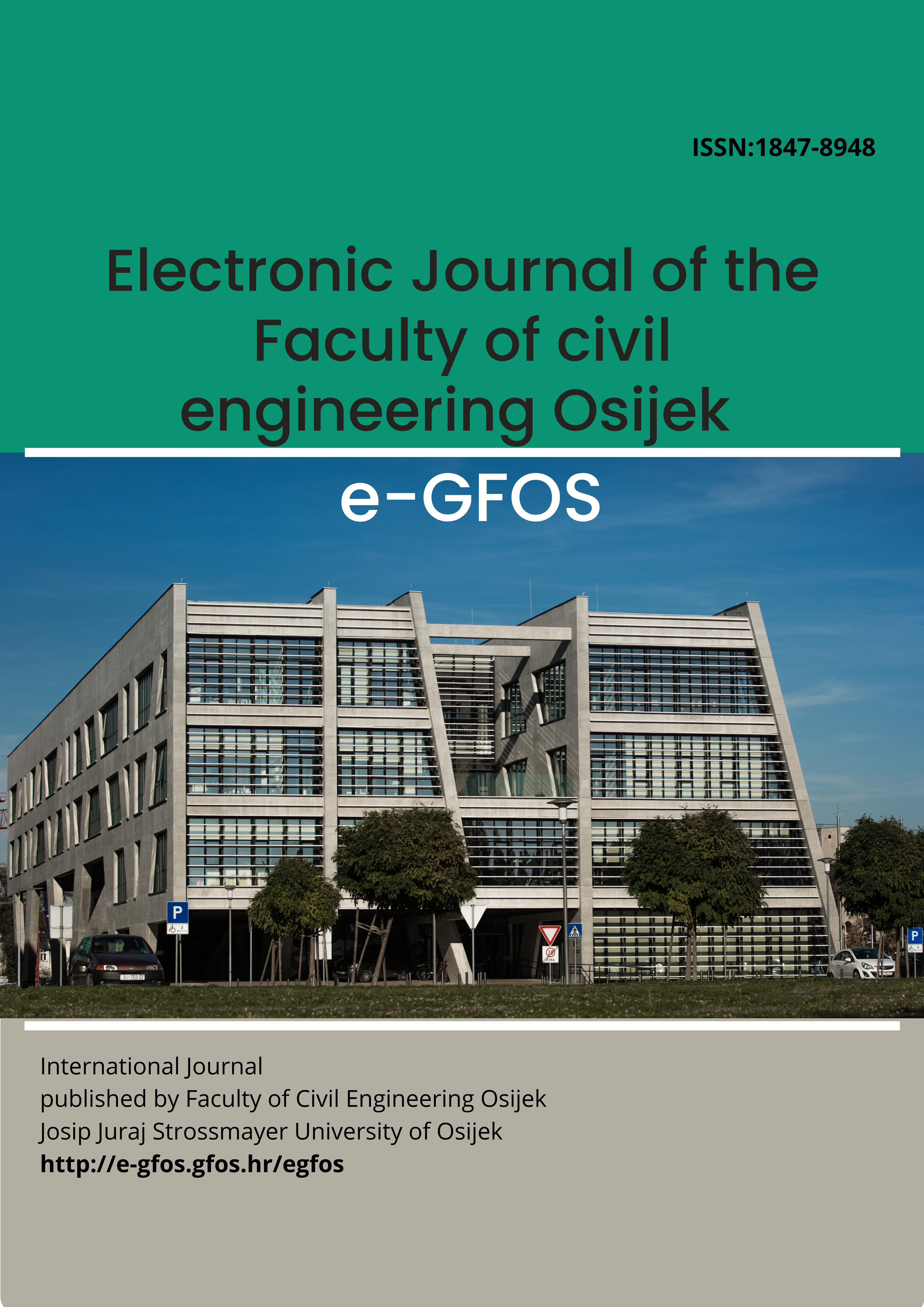TESTING OF JEROVEC SAND AND DEFINING ITS CRITICAL STATE LINE
Keywords:
triaxial test; drained and undrained conditions; initial state of compacted sand; isotropic compression; shear stress–strain curve; stiffness and strengthAbstract
The behavior of sand largely depends on the initial state, water content, drainage conditions, and type of action on the sand. The dominant mechanism that governs sand behavior is dilatancy, the volume change during shearing. Owing to dilatancy, dense sand samples attain greater strength during shearing compared to loose samples. Investigation of the sand behavior shows that the final strength during shearing, for the sand samples starting from the same initial state of stress, tends to be independent of the initial void ratio. This final state is called the critical state, or steady state, and can be well described by the critical state line. The main goal of this research is to investigate the behavior of clean sand from Jerovec under triaxial shearing and to derive its critical state line. The behavior of sand is investigated for different initial states (initial densities and state of stress) and for different drainage conditions (consolidated isotropically drained (CID) test and consolidated isotropically undrained (CIU) test). The test results are presented along with all the laboratory tests performed on Jerovec sand (grain-size distribution, specific gravity, minimum and maximum void ratio). The critical state line is compared with those of other sands available in the literature.

